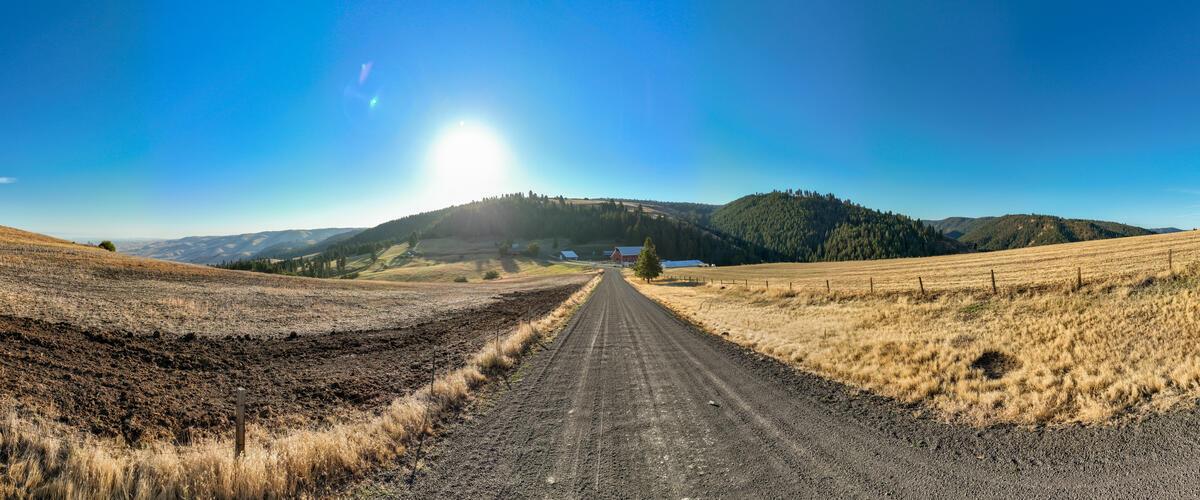
US farmers seek a different kind of green revolution
Nestled among the rolling hills and prairies of northern Idaho and interwoven with Nez Perce tribal land, Wittman Farms dates to the 1920s. Five generations of the Wittman family have produced crops, cattle and timber on this now 20,000-acre stretch of land, persevering through depression and drought. But now, as the Wittmans prepare to celebrate their farm’s centennial, a new challenge looms.
“We have weather that's totally different than it was 30 years ago,” says Dick Wittman. “We have hotter hots, colder colds, wetter wets and drier dries.”
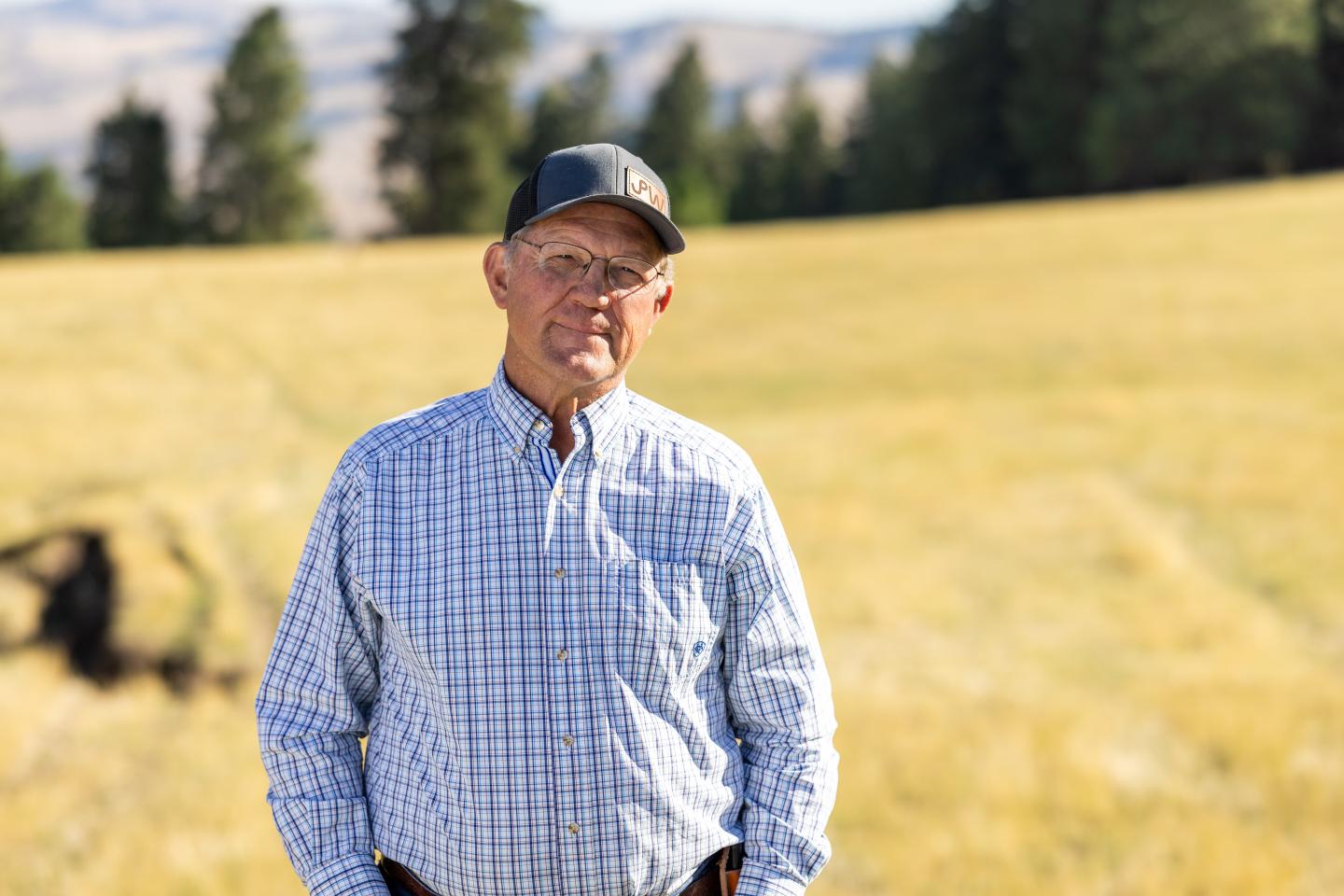
Climate change is the biggest threat facing farmers and all who depend on them for food. More frequent and extreme droughts and floods are damaging crops and livelihoods. Rising temperatures are drying soils and withering plants, while lakes, rivers and underground aquifers that were once a seemingly unlimited source of water continue to shrink. Severe heat waves are damaging pollen and preventing fertilization in many important plants.
Even some of America's most productive farmland is under threat. A report from Environmental Defense Fund forecasts that staple crops in the U.S. — wheat in Kansas, corn in Iowa and soybeans in Minnesota — may begin to see declines in yields as soon as 2030.
In California alone, up to 1 million acres of farmland may need to be repurposed due to water scarcity. Worldwide, about 250 million crop-production acres — an area the size of France — will be lost by 2050, at a time when we will need to produce significantly more food to feed a world population that is expected to grow to 9.3 billion.
“Food systems need to adapt quickly to build resilience to the intensifying impacts of climate change, and to rein in agriculture’s impact on the climate," says Eric Schwaab, who leads Environmental Defense Fund’s forest, agriculture and oceans work. "If we put climate-smart farming practices into play now, we can protect food supplies and maintain strong agricultural and rural economies for generations to come.”
A history of innovation
Innovation and adaptability have long been hallmarks of agriculture in the U.S. and elsewhere in the world.
In the 1960s, as the human population soared, a combination of plant genetics, mechanized irrigation, synthetic fertilizers and pesticides boosted food production and dramatically reduced hunger and poverty.
Thanks to these transformative innovations, which collectively became known as the Green Revolution, farm production in the United States nearly tripled between 1948 and 2017. Now, the average U.S. farm feeds 166 people each year and agricultural exports total nearly $200 billion annually. Those exports help to feed the world; they also help to keep the nation’s rural economies afloat.
Recent years have taken some of the sheen off the Green Revolution, as the environmental and health costs of some of these innovations have become more apparent. Farmers now face twin challenges as they work to nourish a growing population: Remaining productive as the climate changes while also cutting farming's contribution to global warming.
Fortunately, the spirit of innovation that drove the Green Revolution will help with both.
Climate-smart farming
In response to changing conditions, and in preparation for what is to come, the Wittman family practices regenerative agriculture, which improves soil health using techniques that include no-till planting, cover crops, diverse crop rotations and limited use of herbicides and synthetic fertilizer.
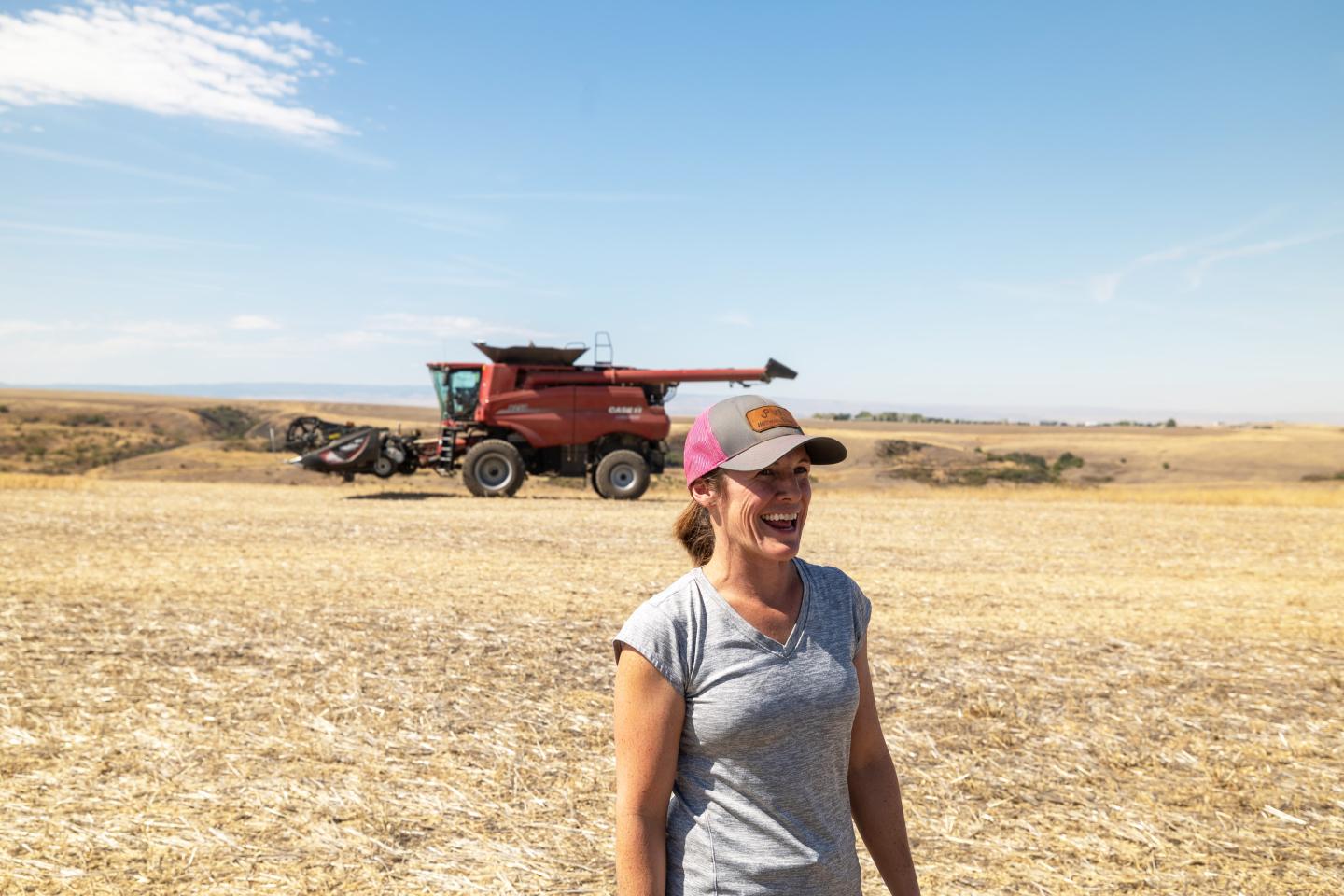
Regenerative agriculture is part of a longstanding family commitment to stewardship and sustainability, says Cori Wittman Stitt, who is assuming day-to-day management responsibilities from her father, Dick. “Over the last 30 to 40 years, we've seen that [this approach] has greatly reduced erosion and built soil health and soil organic matter.”
Two years ago, when drought decimated two-thirds of the crops on nearby farms, the Wittmans’ ground proved more resilient than many surrounding farms.
“The only thing you can attribute that to is the fact that our soil organic matter is better," Dick Wittman said. "The soil has more life and the ground is more resilient to heat and all kinds of weather impacts.”
Harvesting solutions
Another proven approach is to grow a wider diversity of crops which can improve soil health and save water. In Kansas, EDF scientists found that replacing some wheat, corn and soybean crops with sorghum, rye, oats and millet would use 12% less water, while boosting nutritional yield per acre.
Crop diversification also has a positive impact on wildlife and other biodiversity on and around the farm.
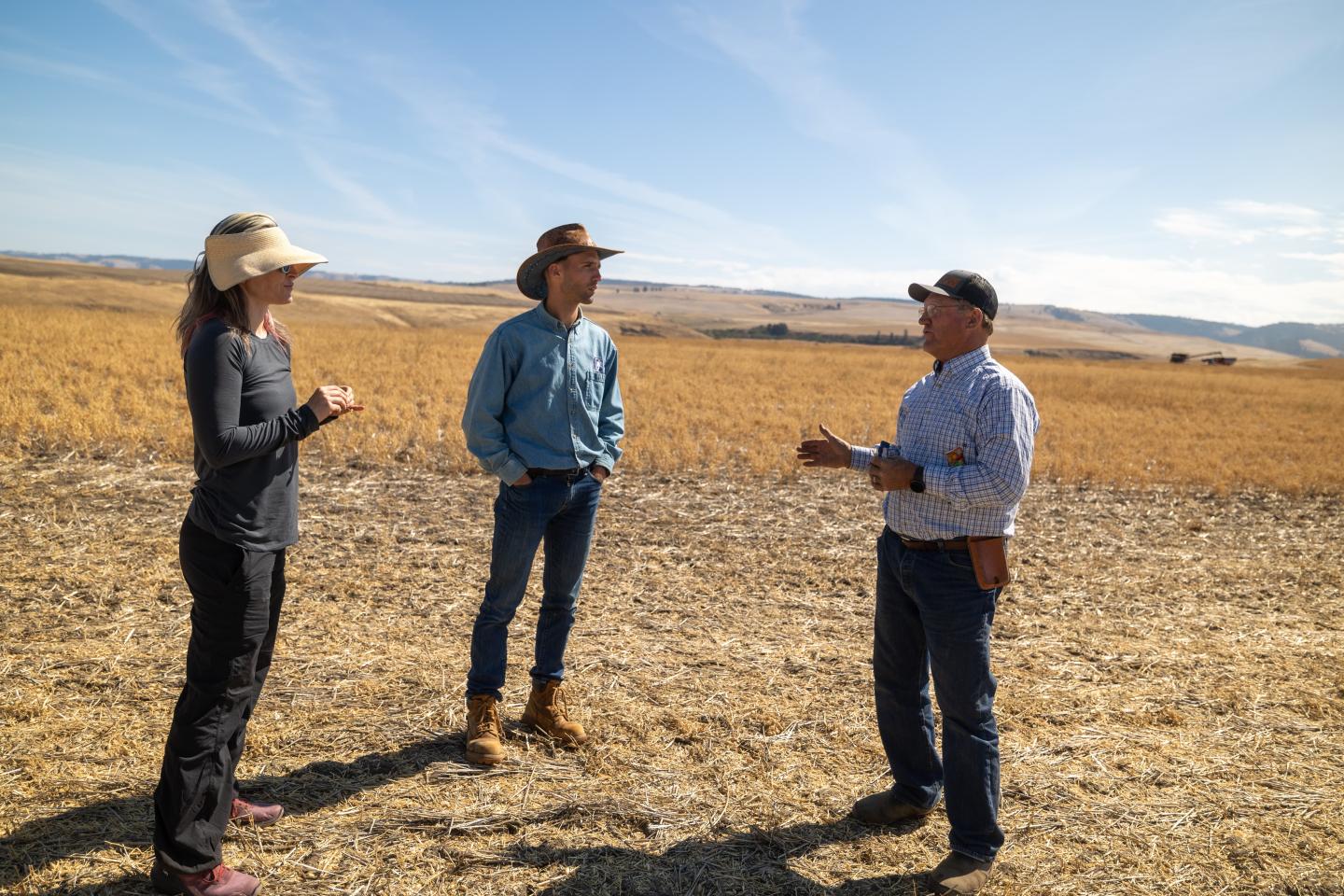
On the Wittmans' farm, diversification has been a priority for at least three generations. “My dad and uncles brought in peas and lentils and alternative crops that nobody grew,” says Dick. “Then our generation brought in oil seeds and mustards and garbanzo beans."
Initially, Wittman's farmer neighbors were skeptical. But that has changed as the economic benefits of diversification became apparent. Diversification has helped the farm ride out fluctuating commodity prices and hedge against the increasing risks of extreme weather that could devastate single crops, Dick says.
"In our community, a lot of people who had been real naysayers have looked at what we’ve done and said, ‘We need to emulate that.’ It’s been fun to change minds and opinions.”
Where farmers lead, policy must follow
And yet, current policies and market incentives in the U.S. make it difficult for farmers to grow alternative crops. Subsidies, crop insurance policies, existing infrastructure and lack of markets make it more difficult for farmers to diverge from the major crops — such as corn, soybeans, wheat and cotton — that dominate American agriculture.
Advocates, including EDF and a group of farmer advisors including the Wittmans, are working to ensure that the next farm bill, which is currently behind schedule for reauthorization by Congress, will support farmers preparing for and helping to solve climate change. The farm bill is a package of legislation passed roughly once every five years that governs a bundle of federal programs that have a tremendous impact on how food is grown.
Seeds of change
But increasing farm resilience to climate change is only half the picture; farming also has a role to play in fighting climate change. For both farmers and environmentalists, a new, climate-conscious agricultural revolution promises a future of both higher yields and reduced greenhouse gas emissions.
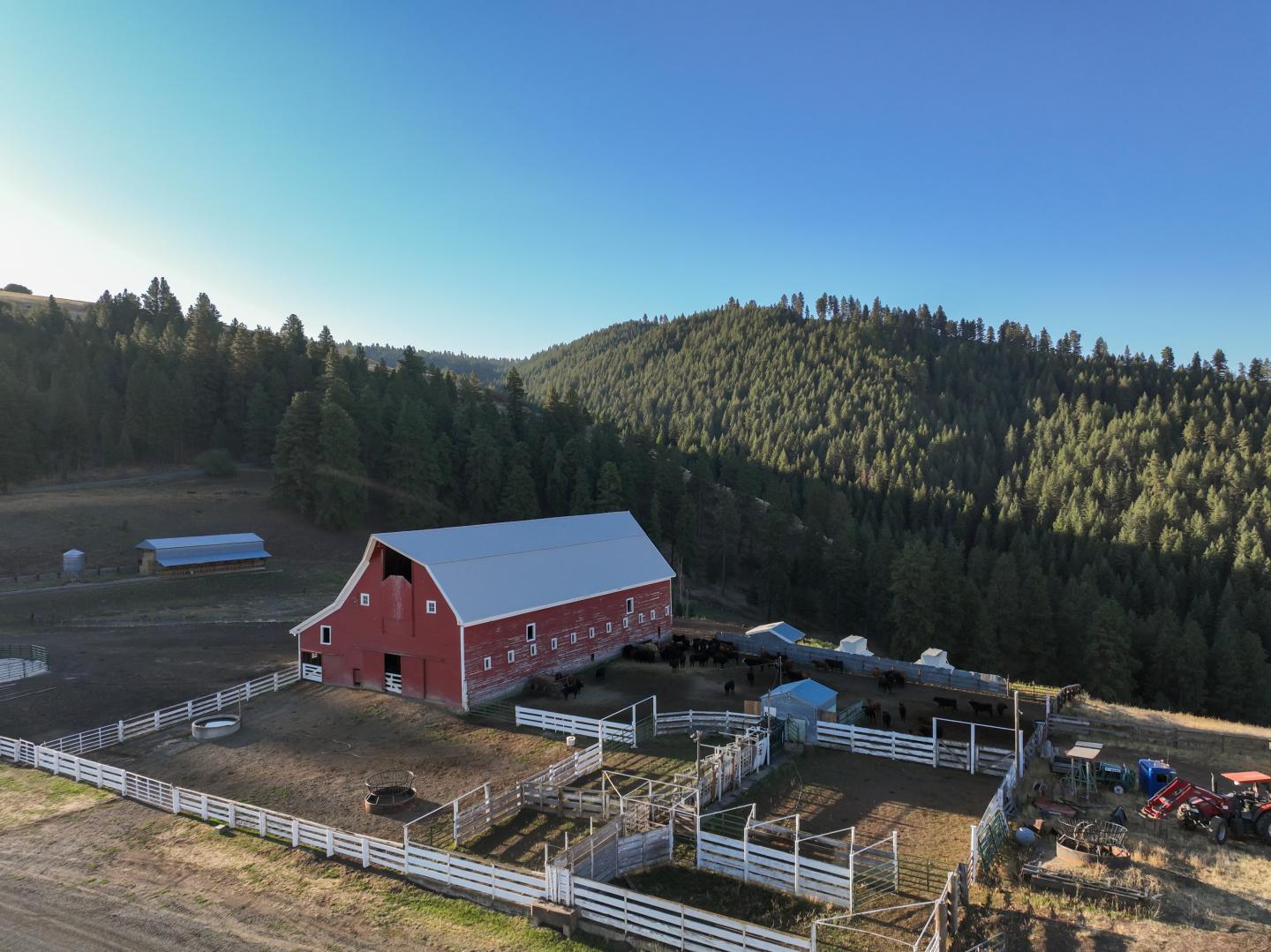
Currently, almost every step of food production produces greenhouse gas emissions — in fact, about a third of global human-caused emissions can be attributed to the way food is currently produced, processed, transported, consumed and discarded.
Even without fossil fuel emissions, global food systems’ emissions alone would make it impossible to keep warming at safe levels.
Fortunately, solutions are within reach.
For instance, agriculture produces about 40% of global emissions of methane, a greenhouse gas that has more than 80 times the warming power of carbon dioxide over the first 20 years. Most of agriculture’s share comes from livestock. Farmers can modify the animals’ diets to increase digestive efficiency and decrease the amount of methane that cows burp as they digest their food. They can also reduce methane emissions by improving the way manure is stored and managed.
Fertilizer is necessary to grow enough food for growing populations, but too much fertilizer creates nitrous oxide, a potent greenhouse gas that also damages the Earth’s protective ozone layer. Farmers can cut nitrous oxide emissions by improving fertilizer management on cropland.
Even more greenhouse gas emissions can be avoided by reducing emissions from fertilizer manufacturing and distribution, improving electricity efficiency on farms and reducing fossil fuel used by farm equipment.
EDF research has demonstrated that sustainable practices like these can have positive impacts on both the environment and the bottom line.
“These conservation practices increase profitability and reduce financial risk by allowing farmers to have more stable crop yields and to recover more quickly from extreme weather,” says EDF’s Maggie Monast, who helps farmers develop solutions to overcome financial barriers to conservation adoption. “Farmers need the public and private sectors’ support to enable a faster shift toward climate-smart farming.”
EDF and partners supported the creation of a federal program designed to create new opportunities for U.S. agricultural and forest products produced using climate-smart practices. The Partnerships for Climate-Smart Commodities recently allocated $2.8 billion to 70 projects focused on developing and expanding markets for crops and livestock farmed in ways that reduce greenhouse gas emissions or sequester carbon.
The water trap
Of course, nothing’s more essential for growing crops than water. Farmers in much of the U.S. have long relied on underground water to irrigate crops that they otherwise couldn’t grow in their region. But many of the aquifers that transformed immense tracts of the country into some of the world’s most productive farmland are running dangerously low.
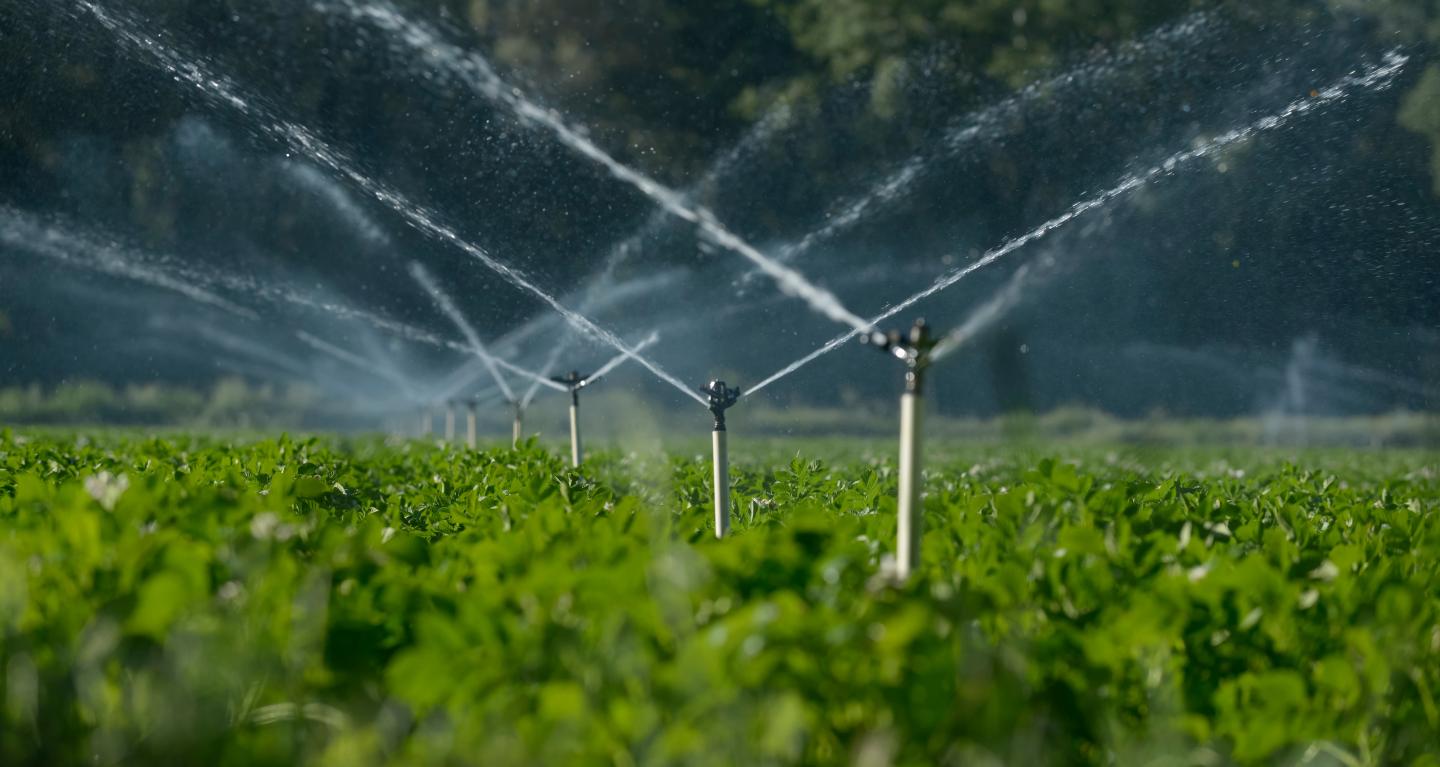
“Warming temperatures have shrunk the snowpack that supplies rivers and lakes, explains Ann Hayden, who leads EDF’s water program. “This has increased farmers' dependence on groundwater to sustain crops that keep getting thirstier as temperatures rise. Warmer weather also leads to more surface water evaporation, leaving less to percolate through the soil to replenish the aquifers.”
As a result, many farmers are caught in a self-defeating cycle. As rivers and lakes shrink, farmers pump more of the water that has accumulated below them over thousands of years to make up the gap. But by depleting aquifers, farmers and entire regions increase the risk that the water will be gone in a drier future when they may need it even more.
Some forward-thinking farmers and agricultural communities are taking steps to head off future disaster. In California, farmers are restoring floodplains, allowing floodwater to spread to recharge groundwater basins. Others are building buffers and planting cover crops to capture runoff from rains. This water then percolates down, recharging the aquifers beneath their lands.
Meanwhile, an array of new technologies is enabling more efficient irrigation and better land management to ensure that remaining groundwater is used as efficiently as possible. For example, a platform called OpenET enables western U.S. farmers and water managers to accurately track their crops’ water consumption using data from satellites and weather stations. This allows them to save water by more precisely targeting irrigation.
From fields to the future
Cori Wittman Stitt, who is taking the family’s farm into its fifth generation, says she sees the signs that a changing climate is likely to create a rough road ahead for the farm. But she is confident in her family’s ability to weather the changes — and to be part of the solution to the climate crisis.
“If my grandpa was alive today to see some of the changes we’re making, he never would have dreamed we'd be doing these things," she says. "It's hard to imagine what farming is going to look like 10, 20 or 50 years down the road. But I would like to believe that my kid, who's three now, will be able to take this and steward it in a way that's continually improving on our practices.
“We've been blessed with generations of farmers who were always asking, How do we make this place better than we found it?”


